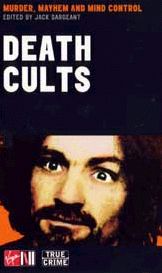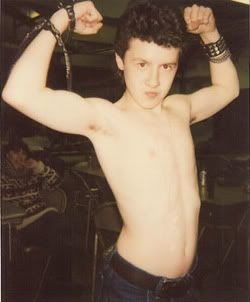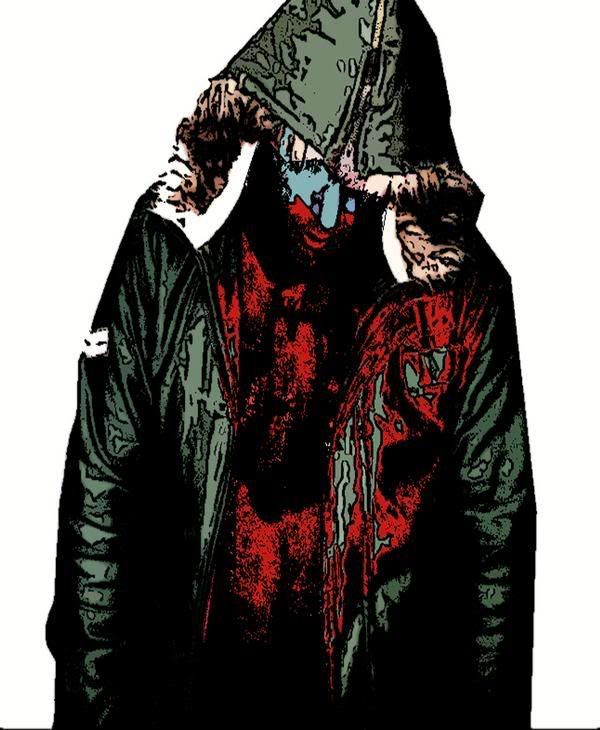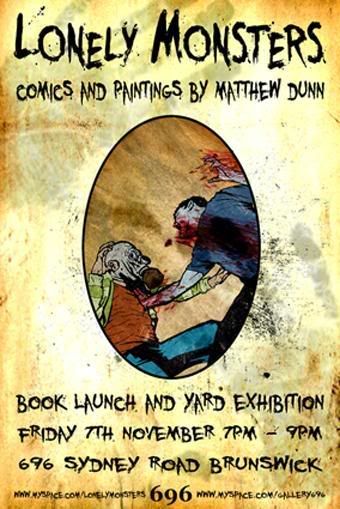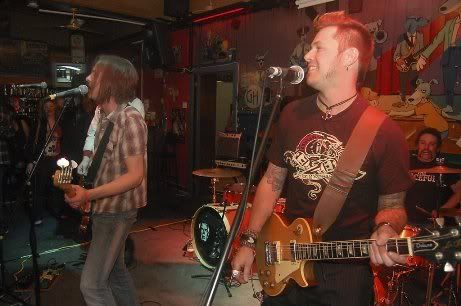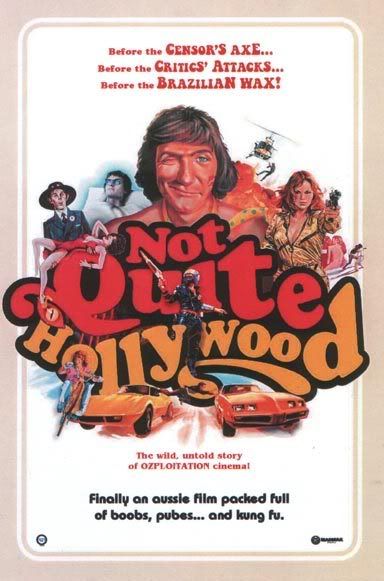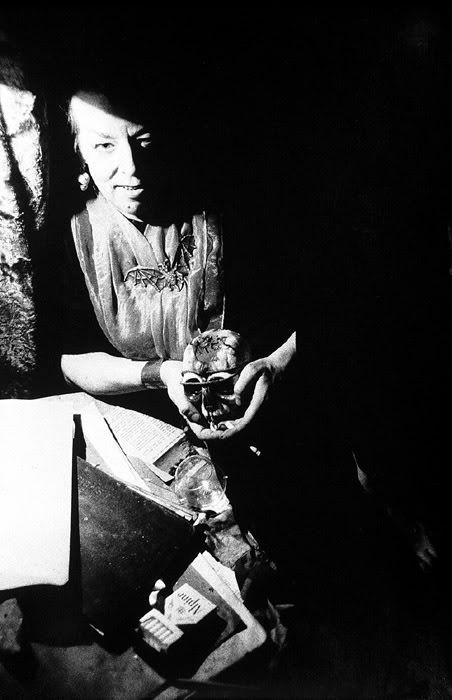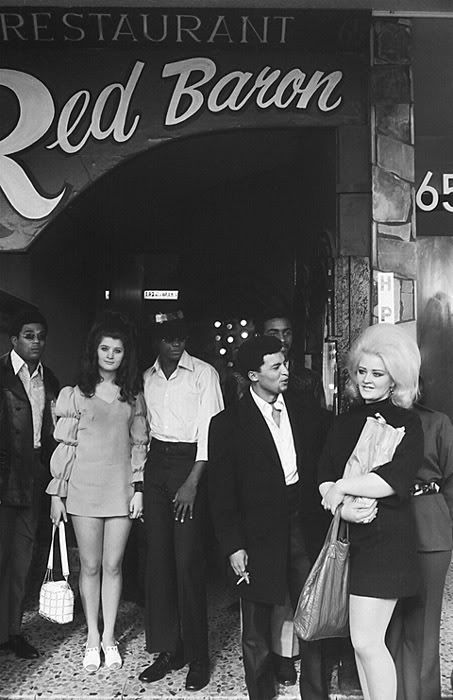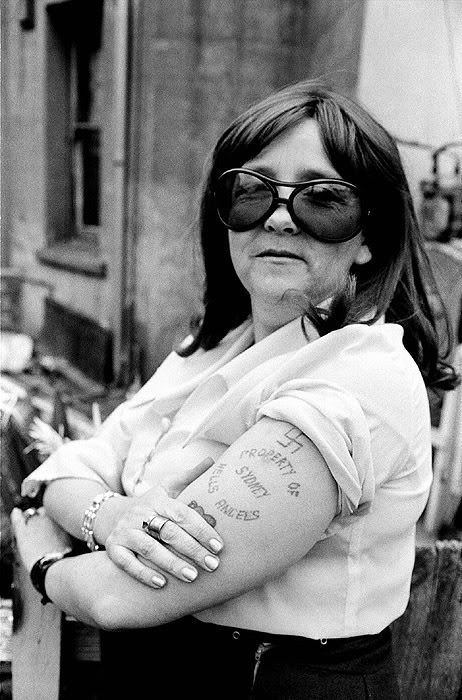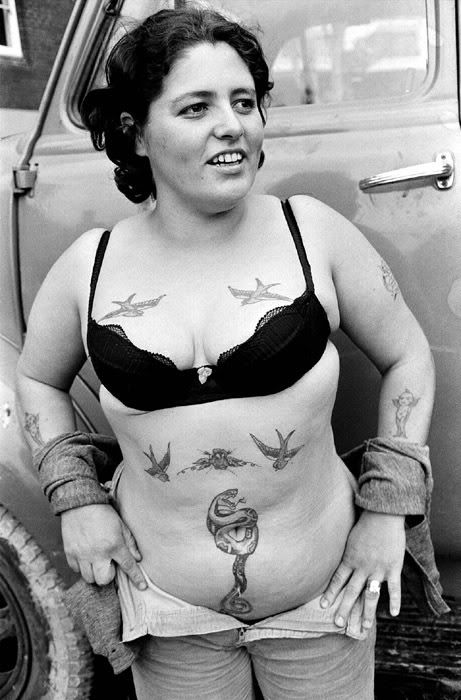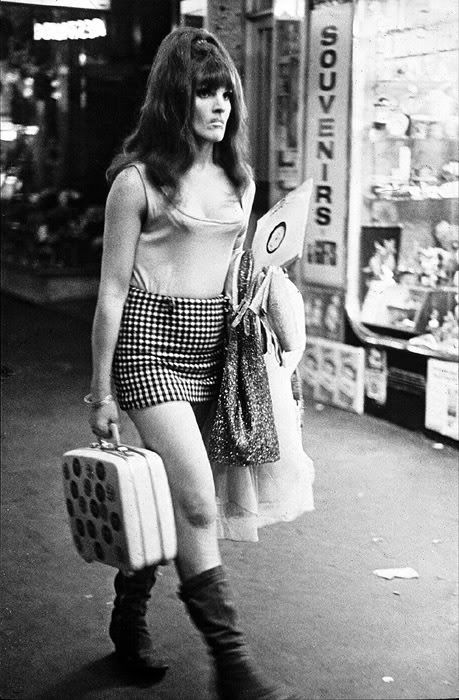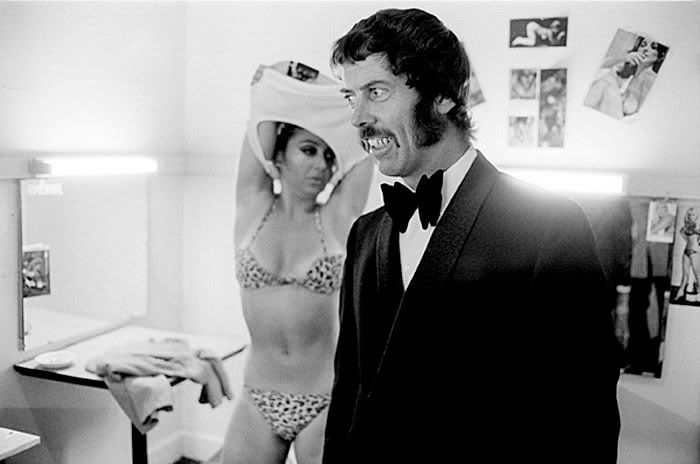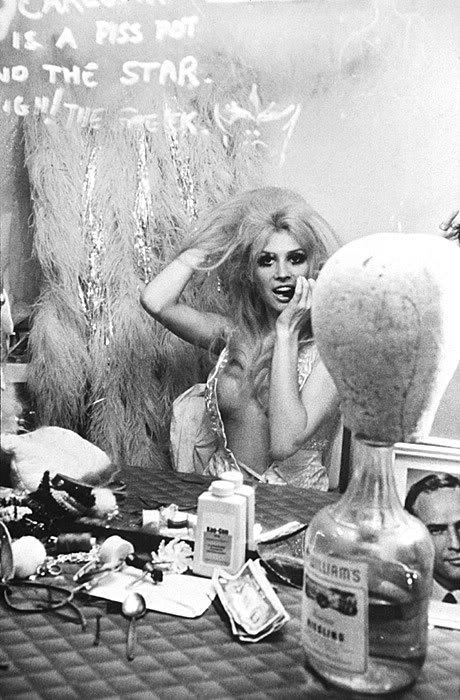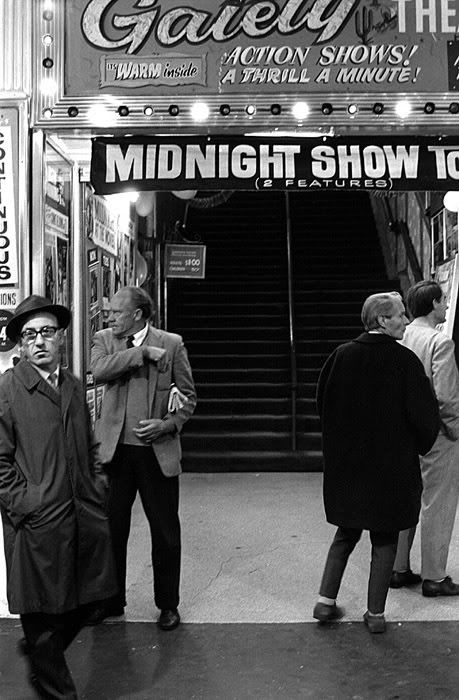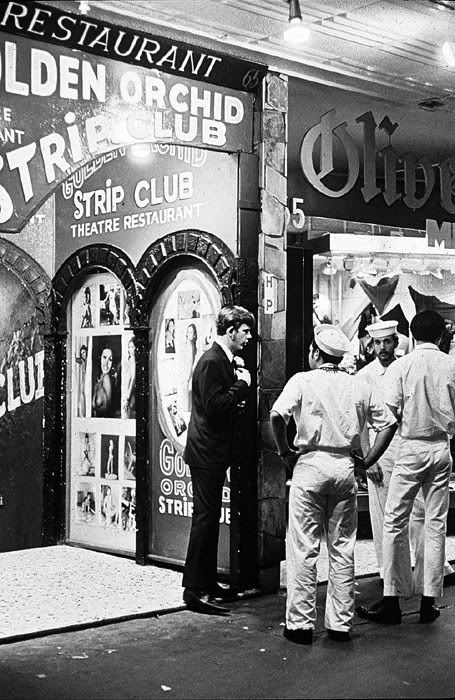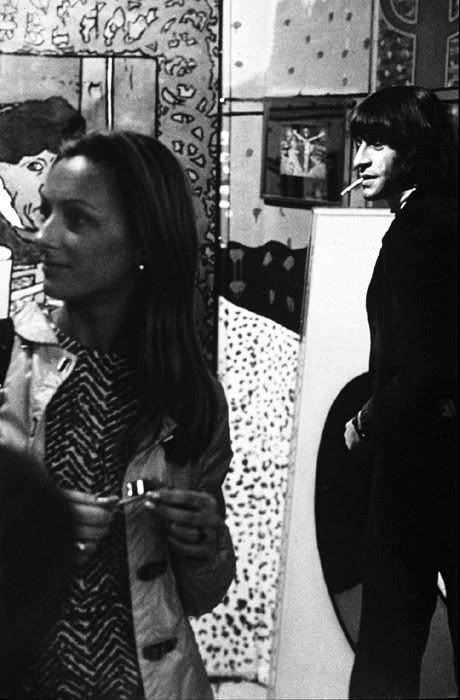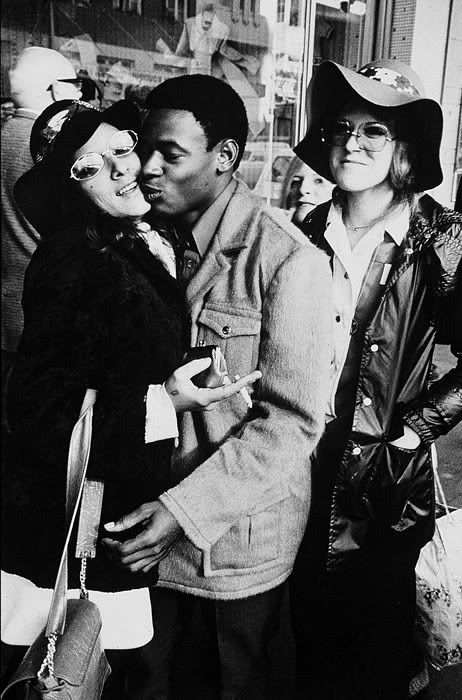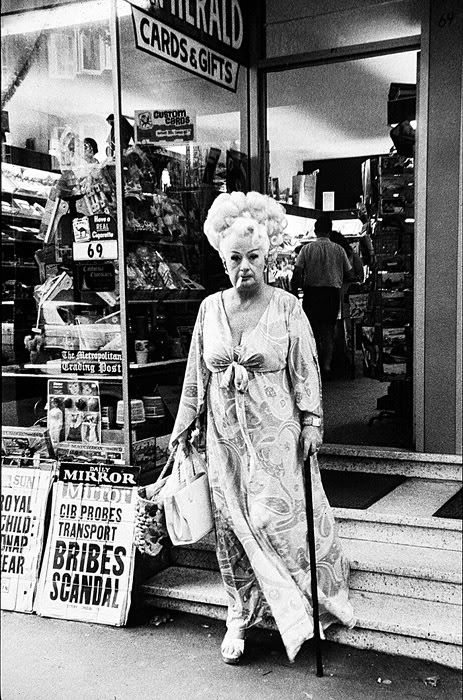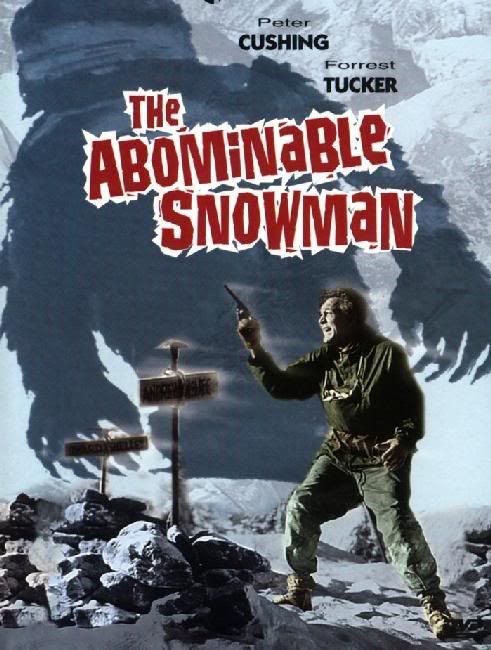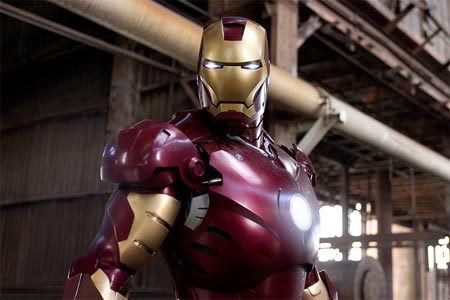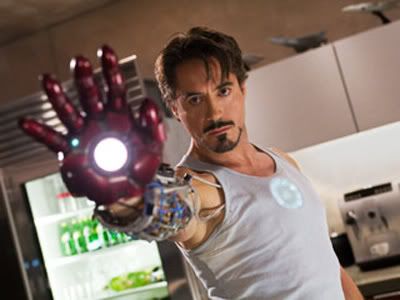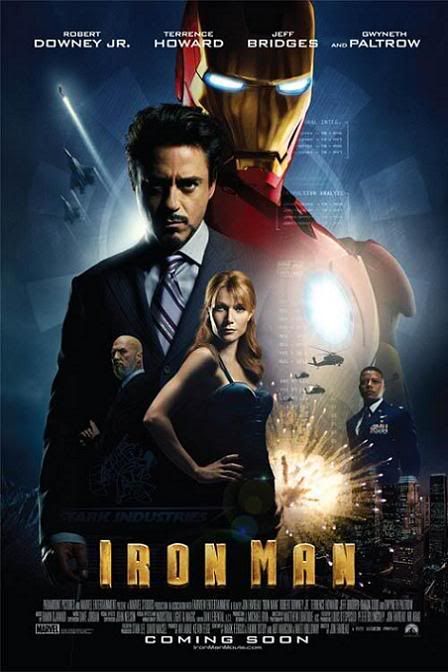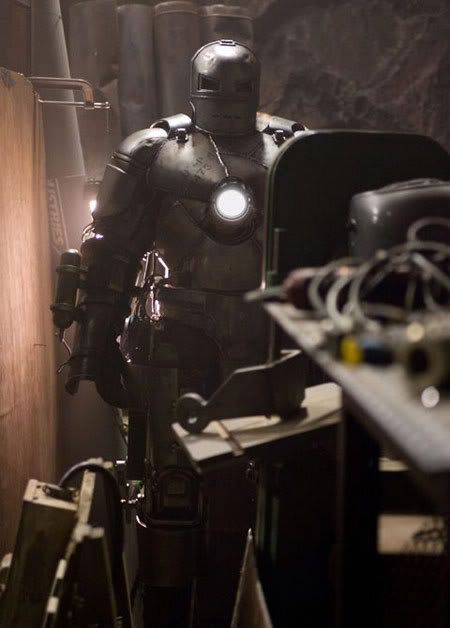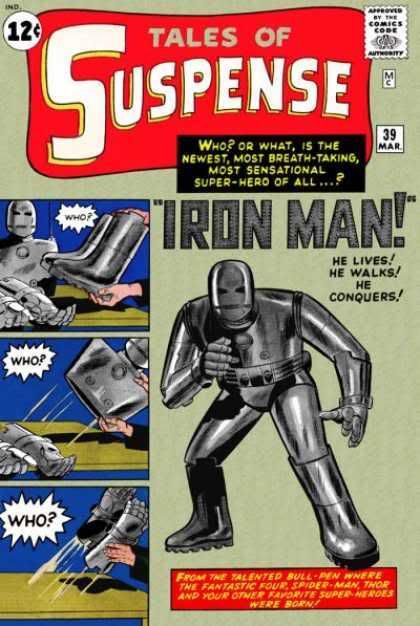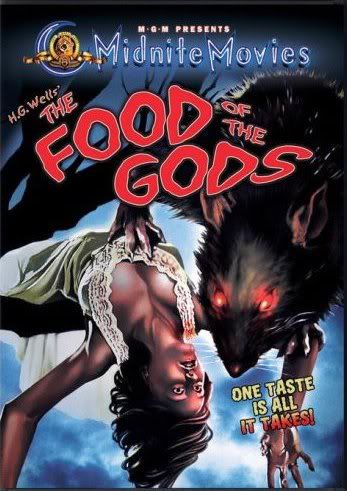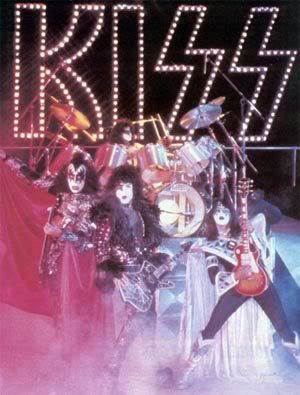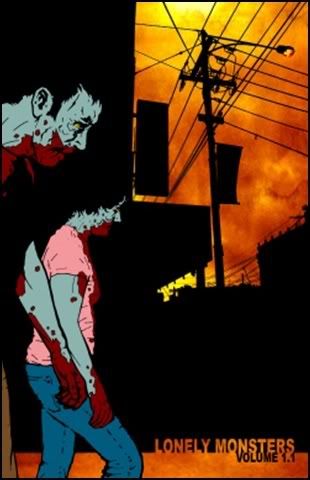Thought I would post this interview with me that was conducted a few years back for a Melbourne newspaper, to tie in with the publication of the Virgin Books title Death Cults, in which I contributed two chapters (one on Jim Jones/Jonestwon and the other on David Koresh/Waco).
Why do you think people seem so fascinated by characters such as David Koresh and Jim Jones?
I think a lot of it stems from the same fascination people have with serial killers and other true crime cases. Look at the way TV news ratings soar whenever there's a terrorist attack like September 11 or Bali, or when O J Simpson is being pursued down the Californian highway by a procession of cop cars and television news. It wasn't all that long ago that the market for true crime books was a very specialised one, and was usually relegated to covering the more notorious cases. Now almost every bookstore has its own true crime section, with mass-market paperbacks devoted to even the most obscure of crimes. Maybe reading about suffering and misery is a way of convincing ourselves that our own lives aren't as bad as what we sometimes think they are.
I think it's normal, healthy human nature to be drawn to and intrigued by tragedy. For most people, that simply equates to watching the news, reading the paper and indulging in some classroom psychology with workmates around the water cooler. For some, the fascination goes much deeper, and in the case of Koresh and Jones, I think part of their 'appeal', if I can use that term, is in the sheer enormity of their respective tragedies, and trying to comprehend how one person can induce such a large group of followers into committing mass suicide.
As independent, strong-minded people, we're fascinated by how these people think, and how they are seduced into genuinely believing that another person is the true Son of God. The mass suicide committed by the Heaven's Gate group is another idyllic example - how do nearly thirty people become convinced that by killing themselves they will be picked up by a spaceship travelling in the tail of a comet and transported back to their home planet? It's beyond the rational thinking of most people, yet the members of Heaven's Gate were by all accounts intelligent, highly educated people.
Had each of these characters envisaged themselves as necessarily dying and taking their followers with them? In other words, were Waco and Jonestown necessarily the logical outcome of the actions and philosophies of these men, or did they become death cults by default?
In the case of Jonestown, Jim Jones had on several occasions held rehearsals for a planned mass-suicide, often giving his followers no warning that it was in fact just a rehearsal....it was a deliberate test of faith, to weed out those who would not be prepared to sacrifice all for their leader.
I don't know if the Jonestown suicides was an inevitable outcome for Jones and his Peoples Temple. Jones was abusive - both physically and psychologically - and a sexual predator, but had the US government, and Congressman Leo Ryan in particular - not been so intrusive into the cult's affairs, I think he would have been quite happy to continue his life ruling over his own little world in the jungles of Guyana. It was Jones' paradise, and it was only the thought of him losing it, and his followers, that drove him to the mass suicide. It's the same predilection as when a parent in the grip of a bitter custody battle prefers to take their life and the life of their children rather than hand them over to the spouse, or when a child would break a new toy rather than have to give to someone else to play with, only on a much larger scale, of course. "If I can't have them, no one else can either".
Waco, on the other hand, seemed almost destined to end in a hailstorm of violence. Koresh had been stockpiling weapons for years prior to the Waco siege, and always preached about the inevitable showdown with the authorities. It was an apocalypse that was necessary to fulfil Koresh's interpretation of The Seven Seals, the passage of the Bible on which he based his entire religious philosophy.
The deep sense of "End Times" each of these men seemed to have has been felt by vast numbers of other "fundamentalist" Christian and associated groups, from the Puritans through the Jehovah's Witnesses to the Southern Baptists that spawned Jim Jones, yet they did not necessarily spiral out of control into "death cultdom", even when they had messianic and charismatic leaders. Was that just the sheer luck of, say, the Mormons "hiding away" from mainstream society long enough to establish their "credentials" before the stain of "cultism" could be imposed? In other words, is this kind of death cult as much a product of mass media as it is mass hysteria?
That's an interesting question. Certainly since the vicious killings committed by the Manson Family in 1969, the word 'cult' - when used in any form of religious context - inspires paranoia and fear, and a lot of that is fuelled by media hype and hysteria. While I doubt that groups like the Jehovah's Witnesses would have gone the way of Waco or Jonestown, I'm sure they would have been looked upon and treated differently - and a lot more suspiciously - had they first emerged in the post-Manson age. As it is, these groups still evoke a paranoia and suspicion in some, but because they have been around for so long, and in such enormous numbers, most people do not look upon them as any kind of dangerous minority faction.
Do you feel that the fundamentalist leaders of the Muslim suicide bombers must also obviously fall into the same league as Koresh and Jones in the sense that they too urge fanatical commitment and death as an escape from the sinfulness of this life and reward in the next?
Only in a very vague way - I think it would be dangerous to categorise them as a cult. Many of these groups are seeking retribution for what they see as decades, even centuries, of repression by other countries, and their actions are often seen as both political and religious statements. These movements will continue long after their current leaders are gone, which is why the so-called War Against Terrorism will be almost impossible to win outright. The beliefs of cults, on the other hand, usually die along with their leaders.
What is it in human nature that seems to make us prone to being seduced by ideas that must inevitably see our selves completely immolated? Obviously dying for "King and Country" isn't that far removed from the sort of loyalty that saw people die in Waco and Jonestown.
The majority of human beings are terrified at the thought of death being the end of it all - that big, black and eternal void which no one can escape, regardless of wealth, social standing, political power or any other factor which shapes their mortal life. Death really is the big equalizer, and no doubt many people follow their own religion because it is based on the promise that there is some kind of paradise waiting beyond for them.
I see dying for King and Country as more of a political self-sacrifice - we are willing, or at least prepared to take the chance, of being killed in battle because it is seen as a way of defending the things we love and hold scared, such as country, family and way of life. The stakes are clearly defined, and conscription notwithstanding, the choice is usually ours to make. By the time a cult decides to mass-suicide, their choices - along with their ability to form independent thoughts and rationales - have usually been taken away from them.
